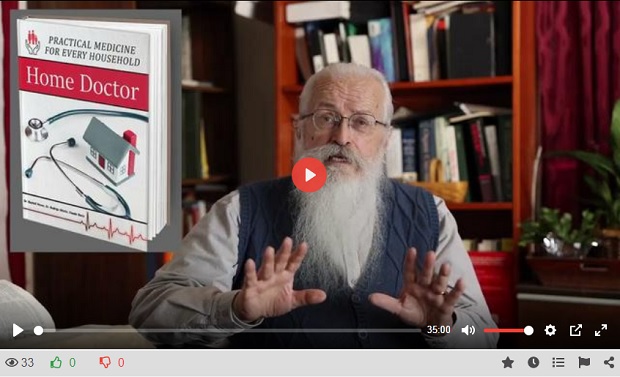Global warming has spawned feedback loops that exacerbate the climate crisis. Climate change is about much more than hotter temperatures, the heat fuels wildfires and extreme weather including storms. It also melts sea ice in the Arctic and the Antarctic which drives sea level rise. It drives down agricultural yields and exacerbates the refugee crisis. All of these climate impacts coalesce and interact, often involving feedback loops. As defined by the NOAA, A positive feedback loop increases the effect of the change and produces instability. In climate change, a feedback loop is something that speeds up or slows down the warming trend. A positive feedback accelerates a temperature rise, whereas a negative feedback slows it down.
Positive feedback loops connect warmer temperatures to wildfires which in turn generate climate change causing greenhouse gas (GHG) emissions that augur more warming. The link between wildfires and climate change. is a straightforward positive feedback loop. Wildfires are made more likely by climate change and they in turn make the climate crisis worse. Wildfires emit millions of tons of greenhouse gases (GHGs) into the atmosphere every year. According to Copernicus, 1,455 megatonnes of C02 were generated by wildfires in 2022. As of the end of June Canadian Forest fires alone had already generated nearly 600 million metric tons of CO2.
Other feedback loops are more complex, like the link between increasing heat, fires, and melting ice or the relationship between Arctic warming, algae blooms, and thawing permafrost. These examples underscore the complex synergistic interactions of climate impacts. There is also a feedback loop between extreme weather and fossil fuels. Another feedback loop shows how the high winds created by storms driven by climate change can fan the flames of devasting fires. The deadly wildfires that ravaged Maui in August were whipped up by a distant hurricane. The fires in turn add more GHGs to the atmosphere and increase warming, which causes more storms..
Melting sea ice attributed to global warming is part of another important feedback loop. Ice reflects light and heat into space (the albedo effect), less ice means more sunlight is absorbed by the oceans. The Arctic is warming four times faster than the global average, which prompted Change Oracle to call Arctic warming a “final warning”. Last summer’s heat at the poles continued in 2023 with some parts of the Antarctic, both on land and in the adjacent sea as much as 10-20C (18-36F) higher than the average from 1979 to 2000. What has been described as an “Argentina-sized” chunk of sea ice has disappeared from the Antarctic Ocean. In June the sea ice around Antarctica broke last year’s record low by being 17 percent below average. As reported by Al Jazeera, the US National Snow and Ice Data Center indicates that Sea ice has shrunk 2.6 million square kilometers (1 million square miles) below the average between 1981 and 2010 (this is an area 4 times as large as Texas). In addition to sea level rise, melting ice has implications for global weather patterns as heatwaves, droughts, and storms are emboldened by rising seas.
Heat at the poles melts sea ice and warming expands the oceans. Warmer oceans also amplify heat waves, storms, and floods. Hot oceans not only drive up terrestrial temperatures, but as oceans warm they lose their ability to function as a vital heat sink which makes temperatures on land even hotter. Warmer oceans have a diminished capacity to sequester carbon (historically oceans have absorbed 90 percent of greenhouse gases) thus more CO2 is released into the atmosphere, further warming the oceans.
Individual climate events are often interlinked and have far-reaching impacts. For example, the heat domes across the western U.S. in the summer of 2023 helped to generate deadly heavy rains in the northeast. Heavy precipitation has also been shown to increase the likelihood of landslides as illustrated by recent events in California, Peru, and Georgia. Feedback loops underscore the complex nature of the way climate impacts interact and they give us insight into sudden accelerations that may augur tipping points that outpace our ability to act.
I highly recommend this book: The Home Doctor – Practical Medicine for Every Household – is a 304 page doctor written and approved guide on how to manage most health situations when help is not on the way.
If you want to see what happens when things go south, all you have to do is look at Venezuela: no electricity, no running water, no law, no antibiotics, no painkillers, no anesthetics, no insulin or other important things.
But if you want to find out how you can still manage in a situation like this, you must also look to Venezuela and learn the ingenious ways they developed to cope.

If you have any dissatisfaction with my content, you can tell me here and I will fix the problem, because I care about every reader and even more so about your opinion!
Below you have one of the most popular sites with the latest news and hundreds of articles in any field…
